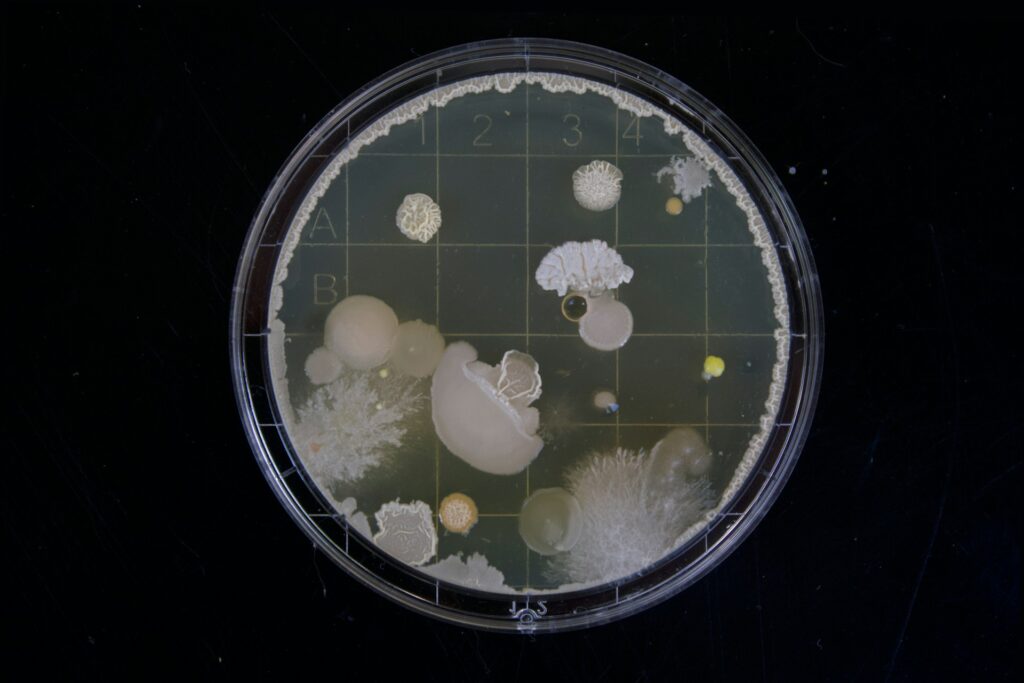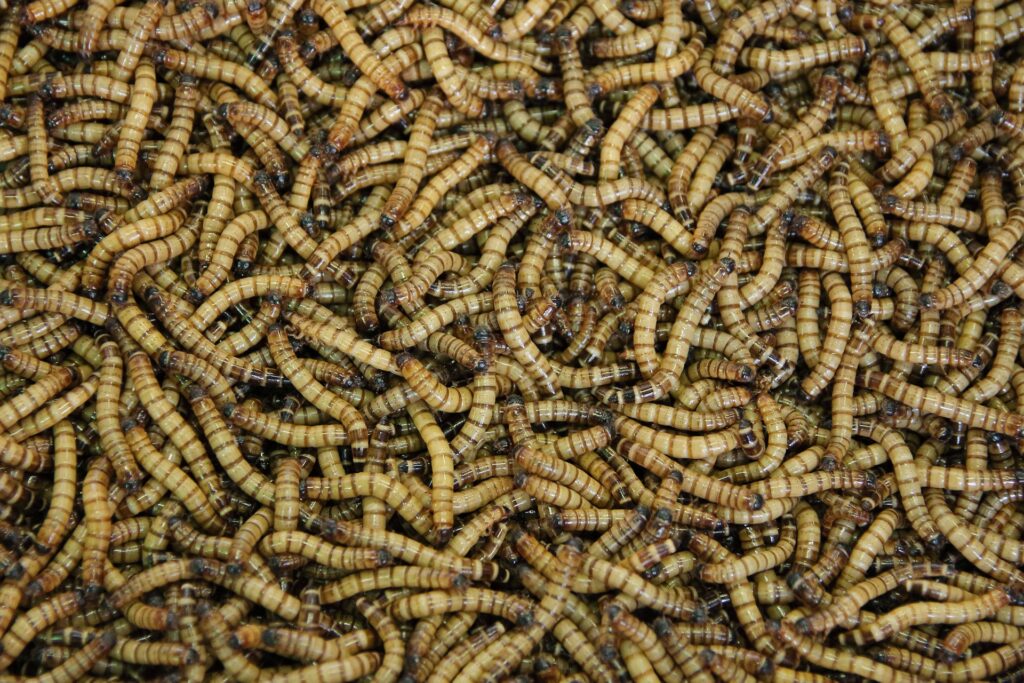Physicists at the University of Chicago and applied mathematicians at the Flatiron Institute unravelled intriguing behaviours in viscous fluids containing tiny rotating particles, which are local sources of vorticity, and exhibited self propulsion, flocking and the appearance of chiral active phases.
For the study, a rotating particle produces a localised, three dimensional region of swirling fluid, called a ‘vortlet,’ each millimetre sized spinning particle generates a vortlet. Complex fluid behaviours not previously observed formed from the interactions between these vortlets.
“This experiment was a confluence of three curiosities,”
said William T.M. Irvine from the physics department at the University of Chicago.
“We had been studying and engineering parity-breaking meta-fluids with fundamentally new properties in 2D and were interested to see how a three-dimensional analog would behave.”
“At the same time, we were interested in building active matter at intermediate Reynolds numbers to see what new behaviours inertia would give rise to, and finally, we had been playing with building turbulence by combining vortex loops and were interested if it could be done by combining ‘point’ vortices.”
Michael Shelley, a researcher from the Flatiron Institute in New York stated:
“Numerical simulations of such rotating particles moving in a viscous fluid showed excellent agreement with the experiments, both in terms of the structure of the vortlet and the speed of self-propulsion,”
“And when combined with a mathematical analysis of the Navier-Stokes equations, the simulations showed that the self-propulsion arose from the tilting of a pressure boundary-layer, itself a consequence of rotation, along the particle side-wall.”
One notable finding was that slight asymmetries in particle shape could deform the vortlet, causing the particle to move through the fluid autonomously. Numerical simulations corroborated these experimental observations, accurately predicting both the structure of the vortlets and the particles’ self-propulsion speeds. Further mathematical analysis of the Navier-Stokes equations revealed that this self-propulsion stemmed from the tilting of a pressure boundary layer along the particle’s sidewall, a direct consequence of its rotation.
In addition, the researchers saw that when these spinning particles were suspended, they could self organise into collective structures that exhibit flocking behaviour. This paves the way for the application of these systems in the design of materials with new property, for example enhanced mixing or targeted transport in fluid systems.

Hassan graduated with a Master’s degree in Chemical Engineering from the University of Chester (UK). He currently works as a design engineering consultant for one of the largest engineering firms in the world along with being an associate member of the Institute of Chemical Engineers (IChemE).



